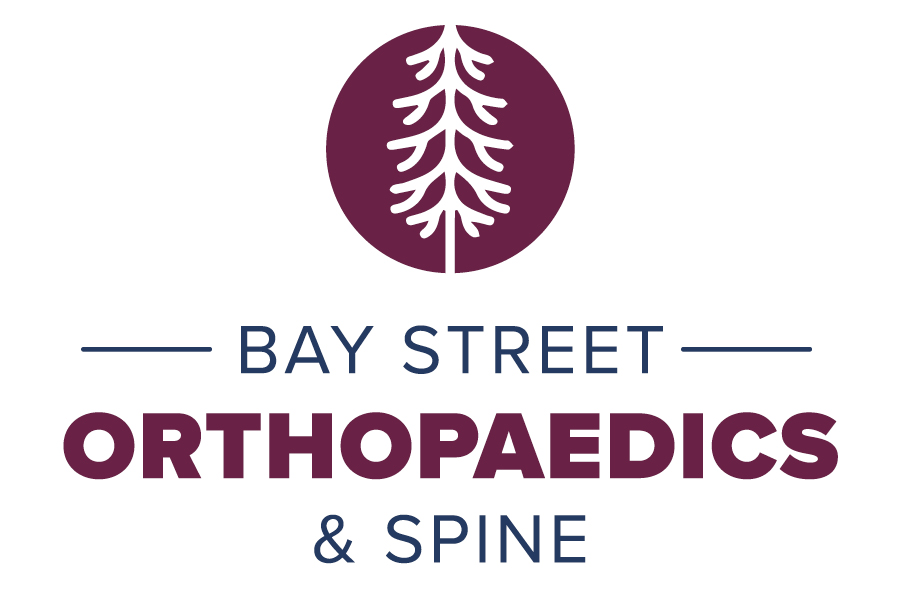As published in Petoskey News-Review February 21, 2019
Mother Nature has been extremely generous this winter in terms of snowfall.
All that snowfall often is followed by hours of shoveling heavy snow or slipping on ice and contorting your back to avoid a fall, which places undue stress on your lower back.
Even fun wintertime activities such as sledding, skiing, ice skating and even snowmobiling may lead to back pain.
Jeff Samyn, a physical therapist and board certified orthopedic clinical specialist at Northern Michigan Sports Medicine Center in Petoskey, said back pain is among the most common reasons for patients to seek medical care with some estimates that as many as 80 percent of the population will experience lumbar pain at some point in life.
This time of year in particular, Samyn sees more patients with lower back symptoms.
“Unfortunately, wintry conditions bring with them the risk of injury sustained while shoveling or blowing snow,” Samyn said. “One of the easiest ways to injure your back is combining the movements of lifting and twisting. I have personally seen patients who hurt themselves moving very light objects such as empty boxes or laundry baskets.”
Samyn noted shoveling snow is especially risky because of the distance the head of the shovel is from your spine.
“The further the object being lifted is positioned from your torso, the greater the force placed on your spine is,” Samyn added.
According to Dr. Eugene Wang, a physiatrist who specializes in spinal intervention and pain management at Harborside Spine and Sports Center in Petoskey, lifting and twisting motions like shoveling snow can sometimes result in injuring your lower back muscles, discs, and/or joints.
“A visit to a physician is warranted in instances where someone starts to experience a pinprick sensations shooting down their leg repeatedly, worsening weakness in their legs, and/or significant back pain and muscle spasms not relenting several days after the injury,” Wang said.
Samyn said fortunately, most episodes of pain are self-limiting and may resolve within two to four weeks.
“Surgery is always the last resort when it comes to addressing low back pain, and depending on the anatomic issue being addressed, recovery times can vary widely,” Samym said.
Dr. Tom Bozzio of Bay Street Orthopaedics, who sees patients in Petoskey, Charlevoix, Rogers City and Gaylord, said for more generalized lower back pain, it may be time to see a surgeon when quality of life becomes an issue.
“If someone is unable to cope with lower back pain, they should see a spine surgeon for an opinion,” Bozzio said. “A detailed history, exam, specialized X-rays, and MRI can give valuable information and help guide treatment.”
Bozzio said he also tends to be very conservative for low back pain and uses physical therapy extensively with good results.
“With certain types of back pain, injections can sometimes be helpful,” Bozzio said.
Samyn noted there are several tips one should enforce before they set out to clear out their driveway or walking areas, including warming up ligaments, tendons and muscles before you start.
“Before you start the blower or take that first scoop, go for a three- to five-minute walk,” Samyn said. “Doing so will increase blood flow and elevate the temperature of your movement system.”
Breaking up the area you’re about to clear is also key, and focus on clearing essential areas first and then do something else for 20-30 minutes, Samyn said.
“This is especially important if your drive takes more than 30 minutes to clear,” Samyn said.
Using good ergonomics such as pushing snow instead of lifting it, keeping the head of the shovel as close to your torso as possible, using your legs to do most of the lifting and not throwing snow any further than you have to is key to avoid possible injury.
“If you don’t have to do it, don’t do it,” Samyn said. “You might be able to find a high-schooler in the neighborhood who’ll do it for some cash, which is cheaper than a trip to the doctor or a possible MRI.”

